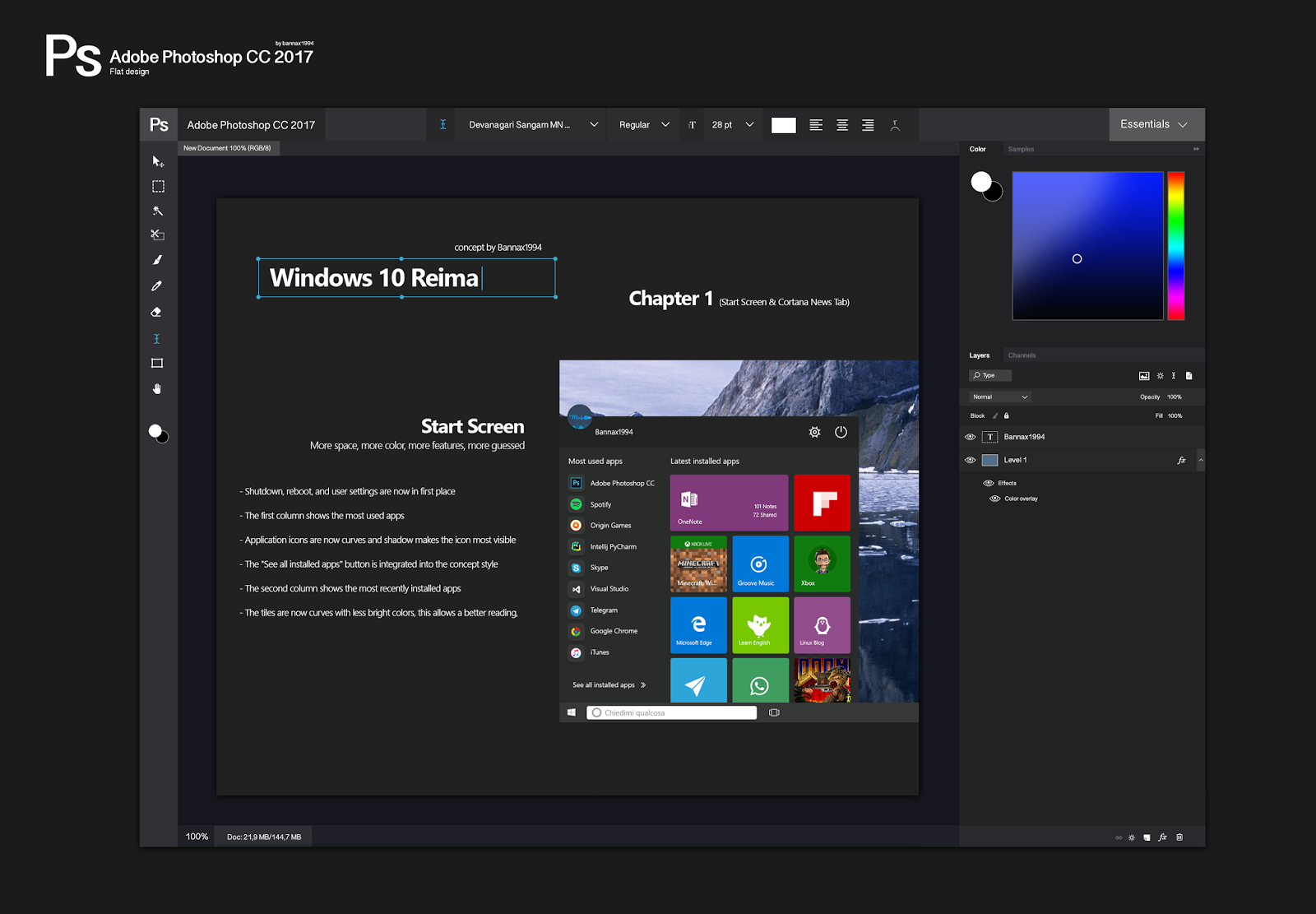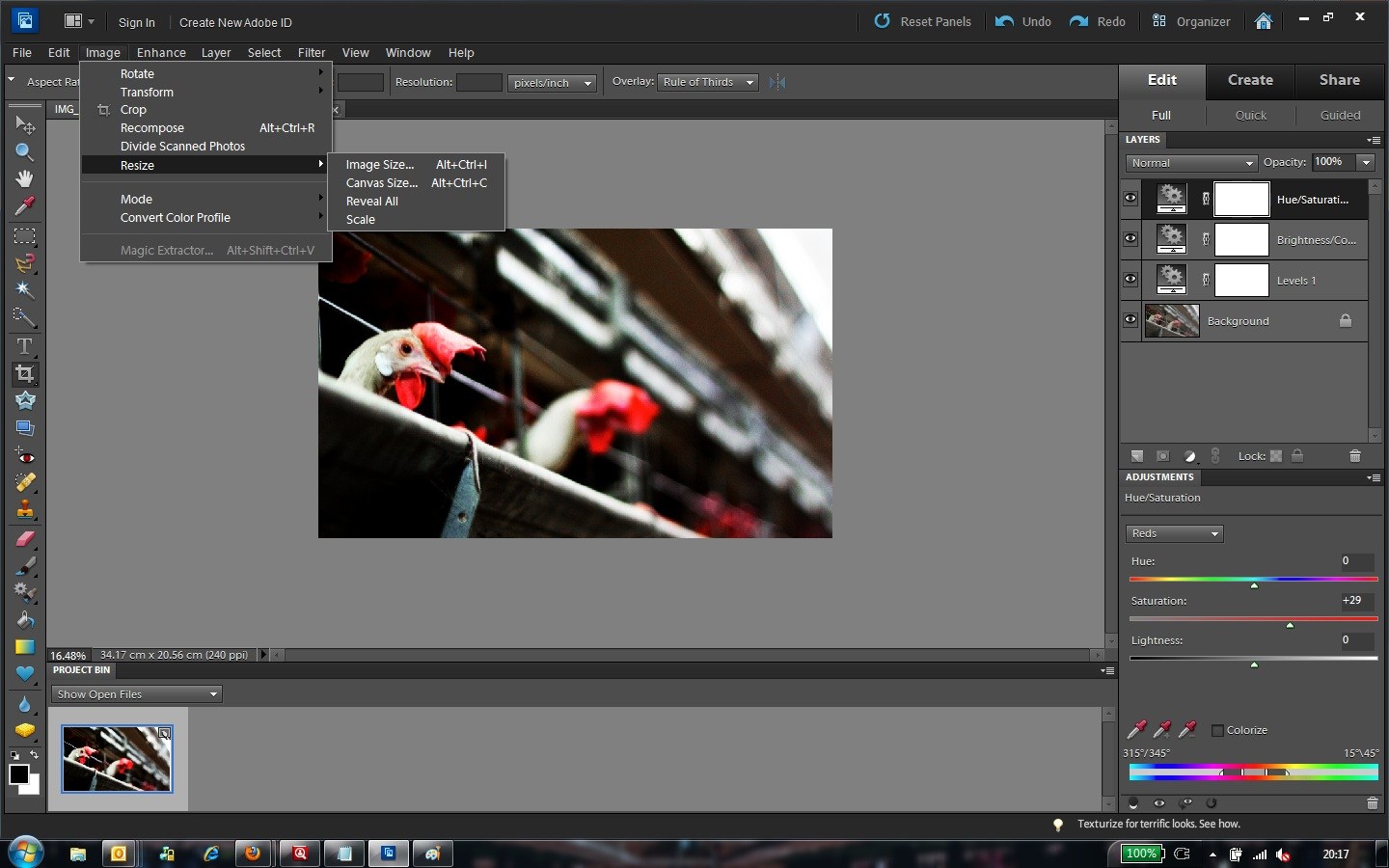

Teeth were then extracted and immersed in a 20% formalin solution for 48 h. All measurements were made twice by two different investigators. A reference point was marked and this measurement was registered as the auto reverse length (ARL). After the file was introduced into the canal and reached the predetermined level, the file automatically stopped and rotated in the opposite direction. The point for the auto apical reverse function was preset on the panel at the 0.5 mm level.
PHOTOSHOP WITH CRACK EEDOC PRO
To test the auto reverse function, a size 20 Pro File.04 taper NiTi rotary instrument was mounted in the handpiece. A periapical radiograph with the file at the electronically determined constriction was taken, the file removed and the measurement registered as the electronic length (EL). The Tri Auto ZX along with a size 15 K-file was used in its electronic apex locating function based on the manufacturer's recommendations. After administration of local anaesthesia, the teeth were isolated and the pulp cavities accessed. Informed written consent was obtained from each patient before treatment. Twenty-five human maxillary incisor and canine teeth scheduled for extraction with mature apices were selected for the study. The aim of this study was to assess the clinical perfomance of a cordless handpiece with a built-in apex locator - the Tri Auto ZX - designed for root canal preparation with nickel-titanium rotary files. Grimberg, F Banegas, G Chiacchio, L Zmener, O In vivo determination of root canal length: a preliminary report using the Tri Auto ZX apex-locating handpiece.

Findings in this study call attention towards adherence to the dimensional standards of stainless-steel endodontic files.

Average discrepancy of Group A fell within the tolerance limit while that of Group B exceeded the limit. Significant difference was found between Groups A and B.
PHOTOSHOP WITH CRACK EEDOC ISO
Data was statistically compared with ISO 3630:1 and ADA 101 by one sample T test. Files were assessed using profile projector Nikon B 24V. 20 Mani stainless-steel K-files of identical size (ISO#25) were acquired from Pakistan and were designated as Group A while 20 Mani K-files were purchased from London, UK and designated as Group B. The purpose of this experimental study was to determine the diametric variations of a brand of handheld stainless-steel K-files, acquired from different countries, in accordance with the available standards. Therefore it was concluded that the accuracy of digital radiography is comparable with conventional radiography in measuring working length, so considering the advantages of the digital radiography, it can be used for working length determination.Ĭomparison of Geometric Design of a Brand of Stainless Steel K-Files: An In Vitro Study. Decrease in mean error value was observed with increasing file size (P 0.05). In WL assessment of small diameter K-files, a significant statistical relationship was seen among the observers of two digital imaging techniques (P 0.05). The collected data were analyzed by SPSS 17 and Repeated Measures Paired T-test.
PHOTOSHOP WITH CRACK EEDOC PSP
Five observers (two oral and maxillofacial radiologists and three endodontists) observed the digital radiographs which were obtained using PSP and CCD digital imaging sensors. 6, 8, and 10 stainless steel K-files were inserted in the canals in the three different lengths to evaluate the results in a blinded manner: At the level of apical foramen(actual)1 mm short of apical foramen2 mm short of apical foramen A digital caliper was used to measure the length of the files which was considered as the Gold Standard. After access cavity preparation, the ISO files no. The samples for this in-vitro experimental study consisted of 40 extracted single-rooted premolars. The aim of this study was to compare the working length (WL) assessment of small diameter K-files using the two different digital imaging methods.

Obtaining the proper working length in endodontic treatment is essential. Maryam, Ehsani Farida, Abesi Farhad, Akbarzade Soraya, Khafri Comparison of two methods of digital imaging technology for small diameter K-file length determination.


 0 kommentar(er)
0 kommentar(er)
